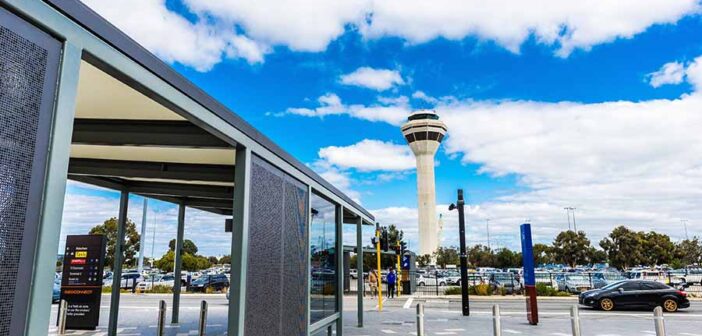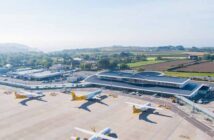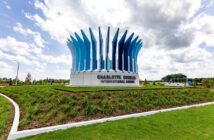Travelers touching down at Perth Airport enter a network of four terminals spread across a 2,100-hectare site, with Terminal 1 dedicated to international flights for carriers like Qantas and Singapore Airlines across 12 gates, Terminal 2 serving domestic and regional routes for Virgin Australia and others at eight gates, Terminal 3 handling Qantas domestic operations with 12 gates, and Terminal 4 covering low-cost lines like Jetstar at six gates.
Passengers shift between the western cluster of T1 and T2 via a covered walkway taking 10 to 15 minutes on foot, while the eastern T3 and T4 connect through a short airside path or free shuttle bus every 10 minutes covering two kilometers in five minutes. The design incorporates wide corridors with digital screens and multilingual signage in English, Mandarin, and Japanese, where gate walks within a terminal average five to 10 minutes, and the setup manages over 15 million passengers annually on three runways that direct flows without much overlap.
The airport positions 12 kilometers east of Perth’s central business district along Tonkin Highway off Welshpool Road, a 20- to 30-minute drive through suburban stretches in light traffic. Transperth’s Route 380 bus departs Elizabeth Quay every 15 minutes for five dollars linking to T1 and T2 forecourts in 40 minutes, while the Route 34 from Perth Station reaches T3 and T4 in 25 minutes for the same fare with onward train ties.
Ridesharess such as Uber and DiDi pull up at departures curbs for 30 to 40 dollars to the city taking 25 minutes, taxis queue at stands outside arrivals for a metered 35-dollar ride, and hotel shuttles run from bays near each terminal around the clock. Rental cars from Avis and Hertz operate in a consolidated center shuttled by free buses every five minutes, and parking garages attached to T1 and T3 charge 20 dollars daily with 2,000 spots, economy areas farther out at 12 dollars that reserve through the airport app during peaks.
Security progresses at eight checkpoints open from 4 a.m. to last departure, where SmartGate kiosks for e-passports speed passport control to under five minutes for eligible holders, though manual lines in mornings can extend to 20 minutes with bag checks. Connections align with 45-minute minimums for domestic transfers via shuttles, providing space for a gate refresh or lounge entry, while international arrivals in T1 clear biosecurity and customs in 30 to 50 minutes before baggage or onward buses.
On-time departures average 83 percent from carrier data, fueled by 800 daily movements across the runways, but crosswinds from the Indian Ocean in afternoons or construction in T1’s forecourt often lead to 25-minute holds, and the app notifies for staffing rotations or air traffic adjustments.
Dining occupies over 40 outlets spanning the terminals, from early-morning Starbucks at 4 a.m. in T1 to full-service spots like Hungry Jack’s in T2 or the Qantas Lounge buffet in T3 running 5 a.m. to 10 p.m. with local seafood and flat whites. Retail threads through the concourses with Relay stores for snacks and papers from dawn, duty-free in T1 stocked with Australian wines and skincare for outbound flights, and outlets like Lorna Jane for activewear or tech kiosks near central plazas.
Facilities encompass free Wi-Fi across all areas renewable every two hours, charging benches at gate pods, pet relief zones airside with hose stations in T1 and T3, and nursing pods post-security with privacy screens. Lounges including the Plaza Premium in T1 grant showers and workspaces for a 50-dollar fee, meditation corners sit quietly in T2, and accessible lifts with priority queues cover the site. The terminals operate with info desks staffed from first light, equipping passengers for reliable onward steps.




